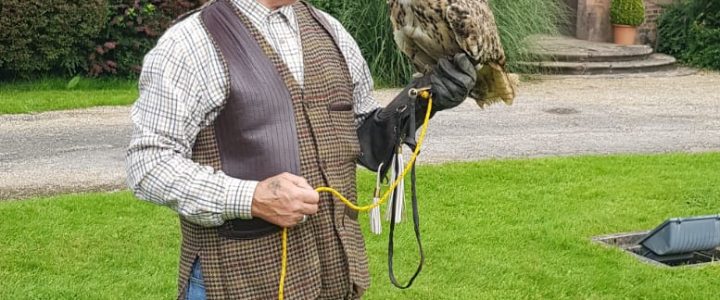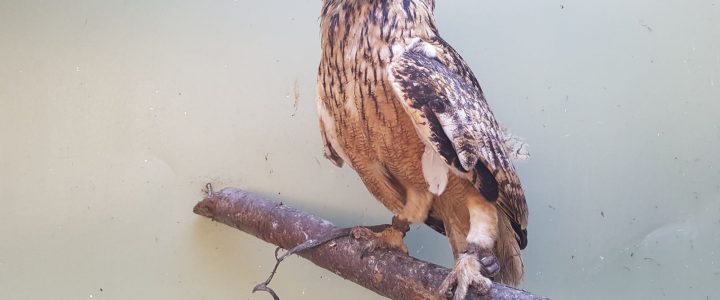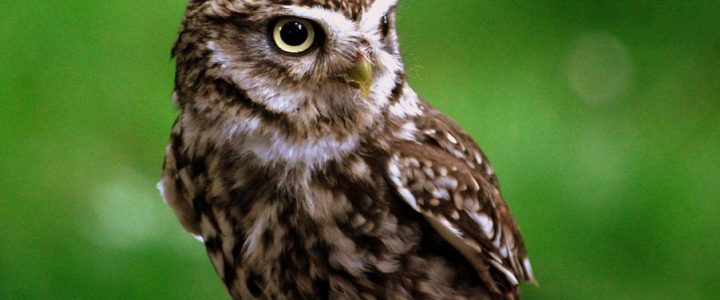
Every Tuesday
Come down and say 'Hello' - we won't have all the birds with us but threre'll be plenty to see.

come and see the owls and have your photo with one a great day for all the family
30th and 31st of August 2020

We will be here again soon, details to follow.
A great day out .. Come and see the owls. on Sunday 6th of September 2020
Heskin Hall Heskin Hall, Wood Ln, Heskin, Chorley PR7 5PA 01257 452044 https://maps.app.goo.gl/jJ3rQDoWsLn4WoDSA


With strict compliance to governments advice regarding Corona Virus we are now available for bookings.
Please do not hesitate to call to discuss your requirements.

The perfect gift
Adopt an owl or bird of prey for a gift with a difference.
By adopting one of our owls or birds of prey, you will be helping directly with their care and welfare. We use every penny of your donation for the care of our birds. We rely on donations in all areas of our work including their rescue, rehabilitation and educating the community.
Click here Now!

We are complying with government guidance and have suspended all activities until further notice. We miss you all.

Lancashirehawks and owl
See you all in 2021with all the new dates


